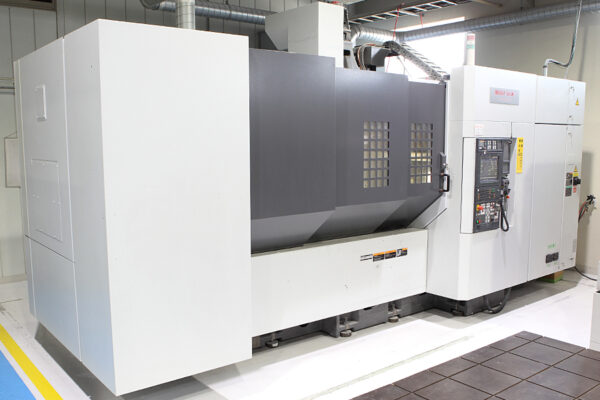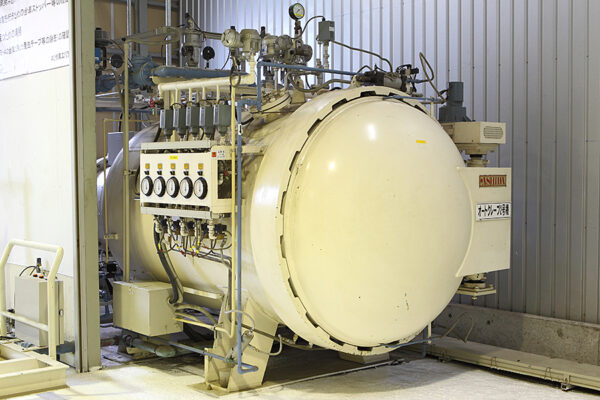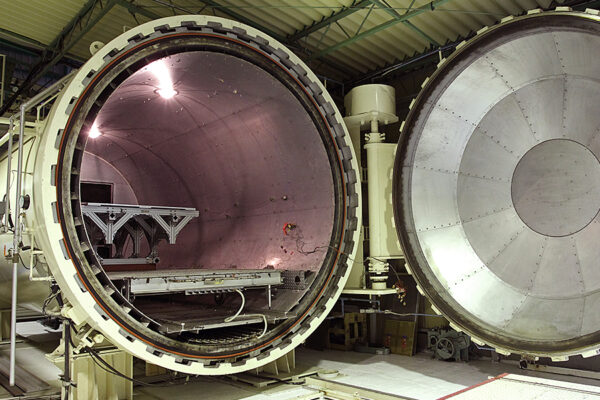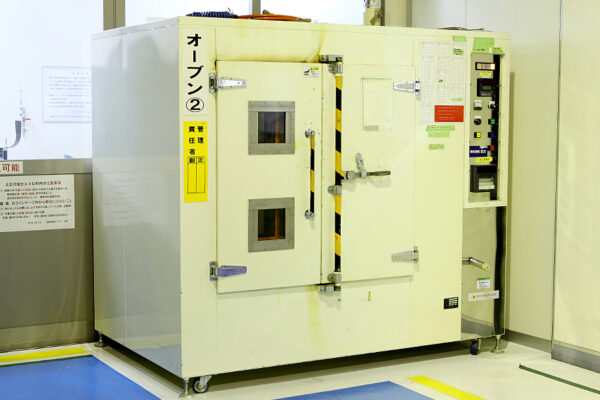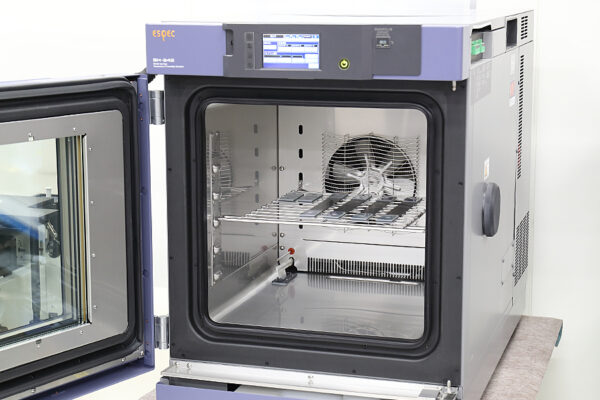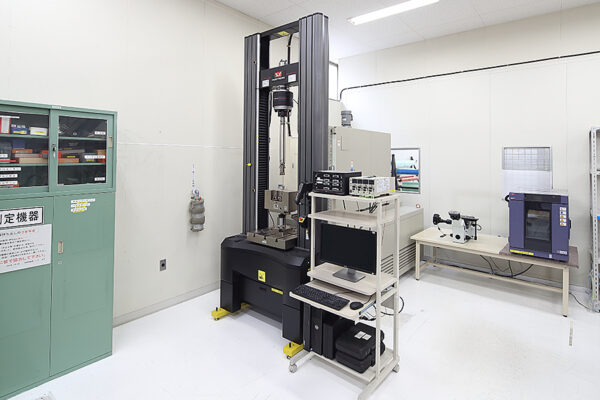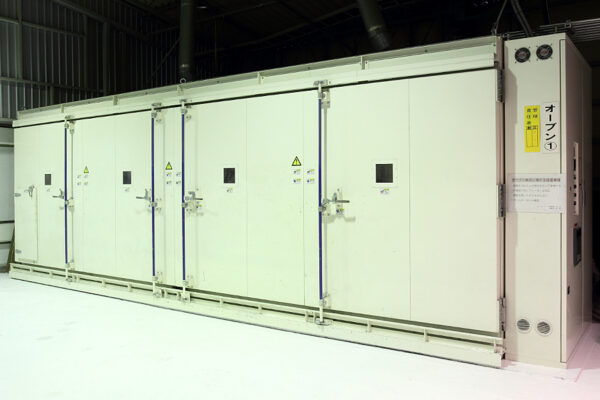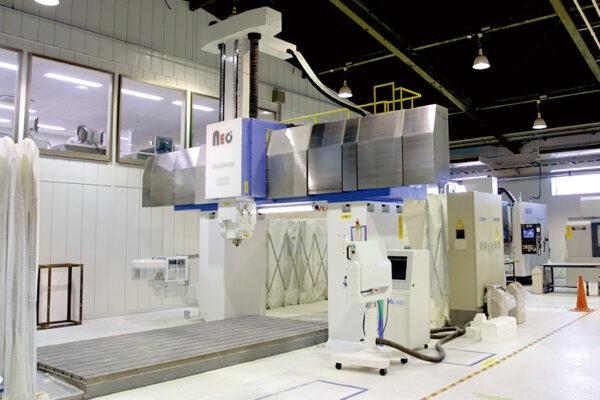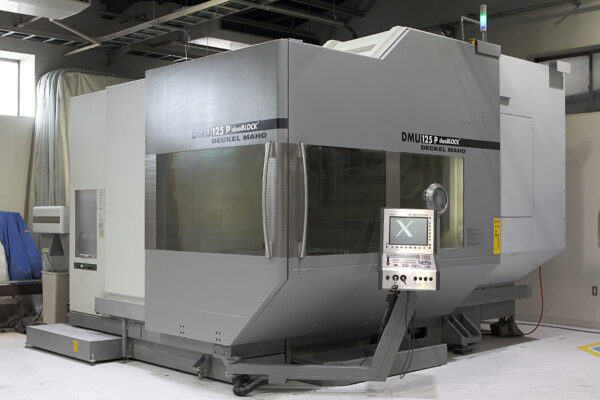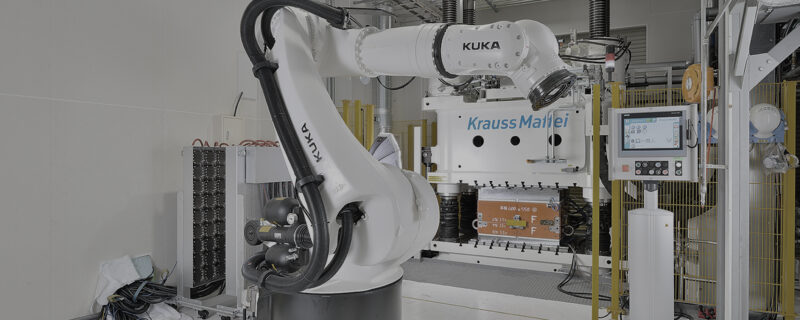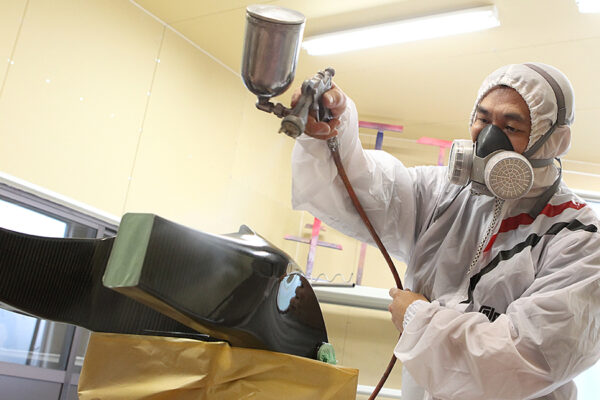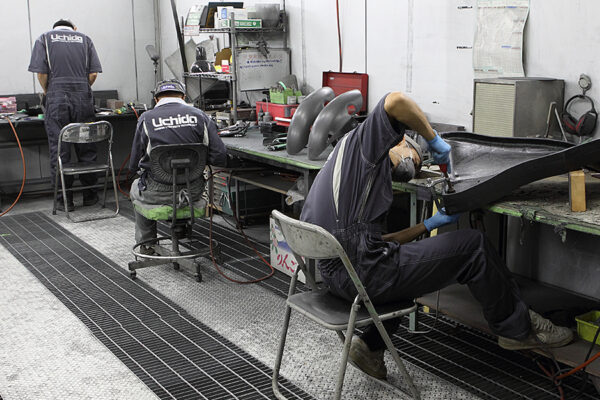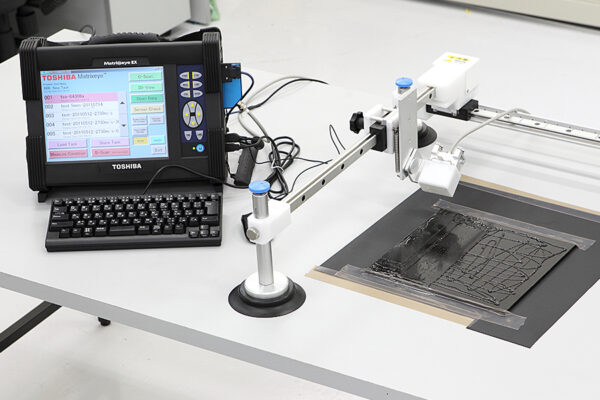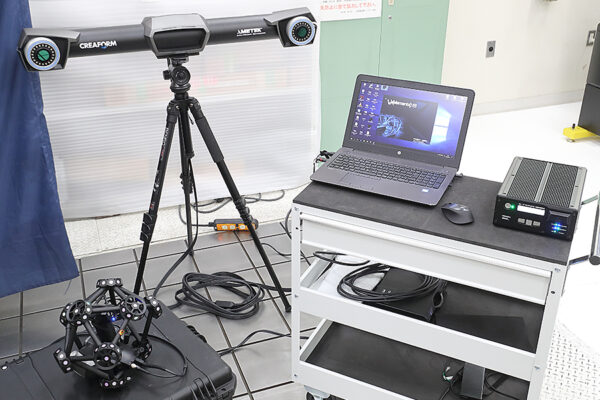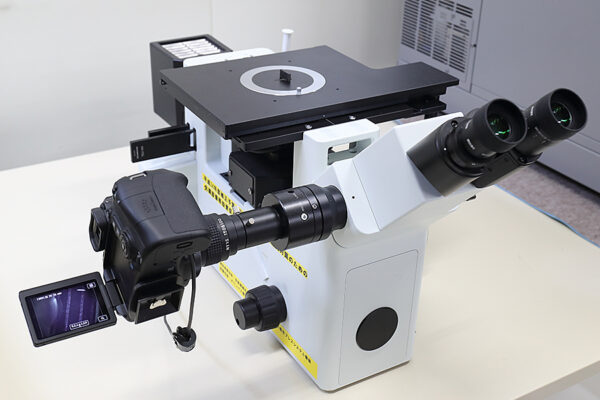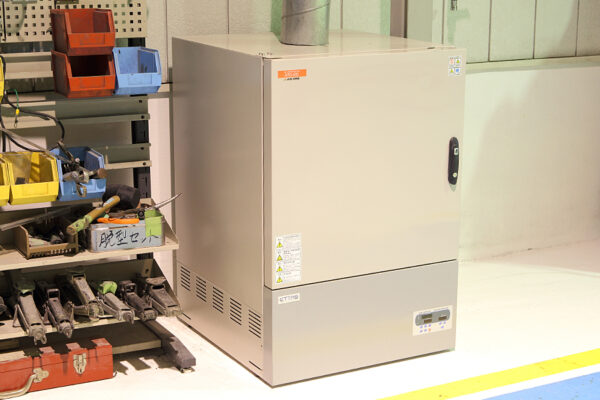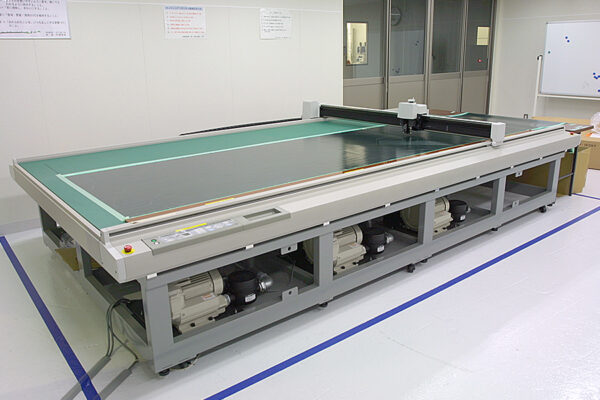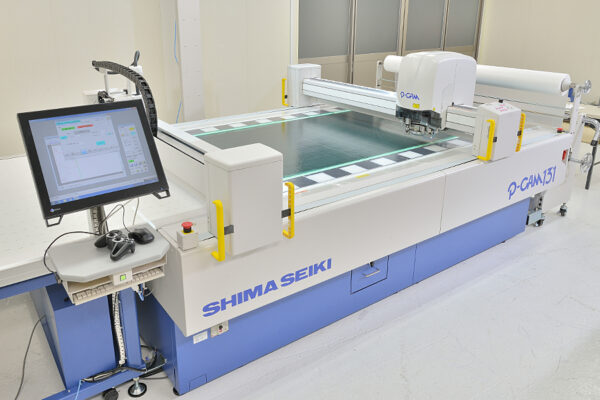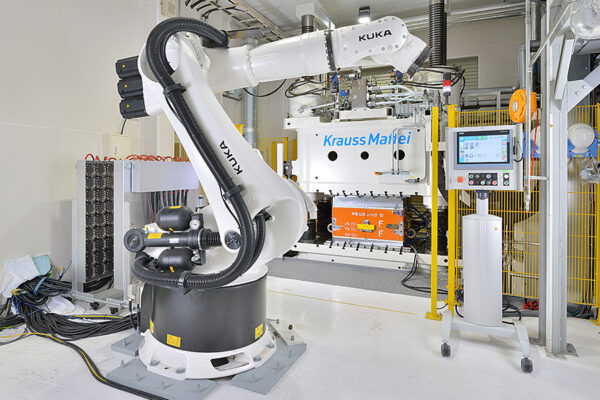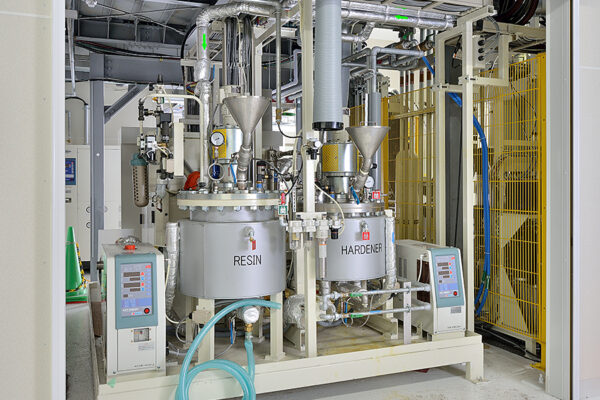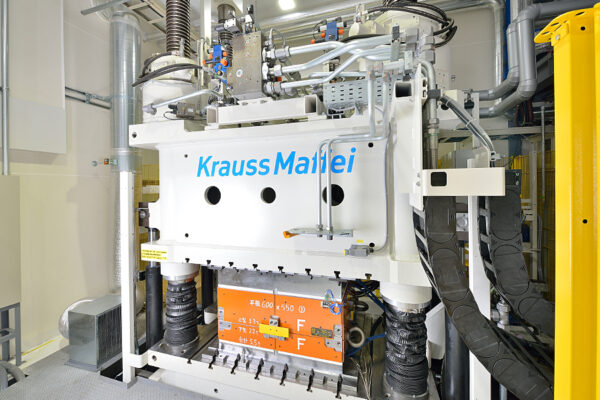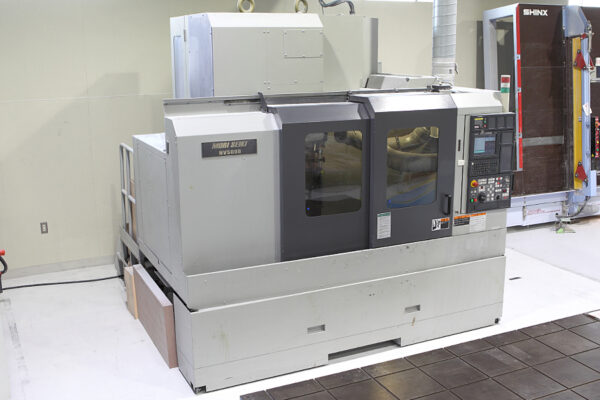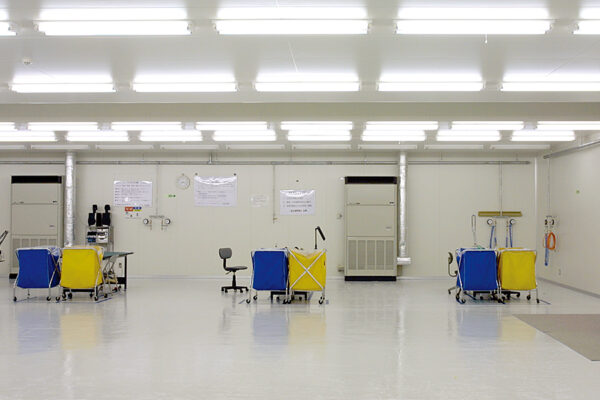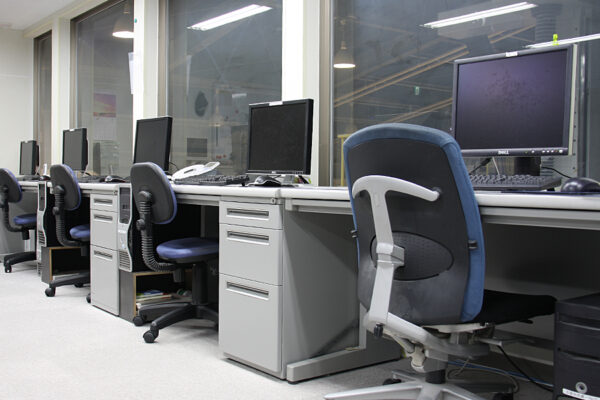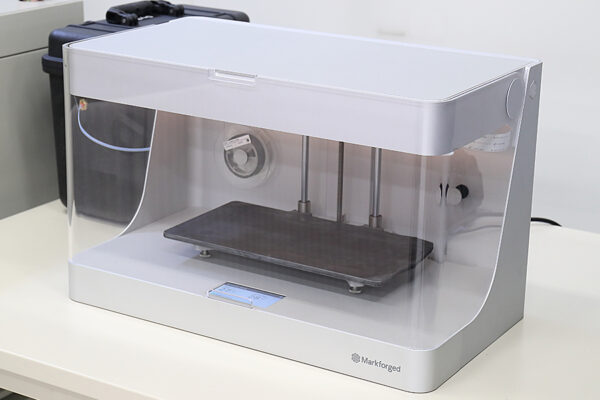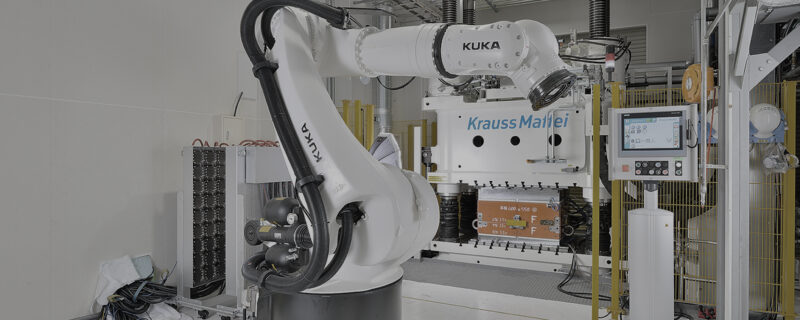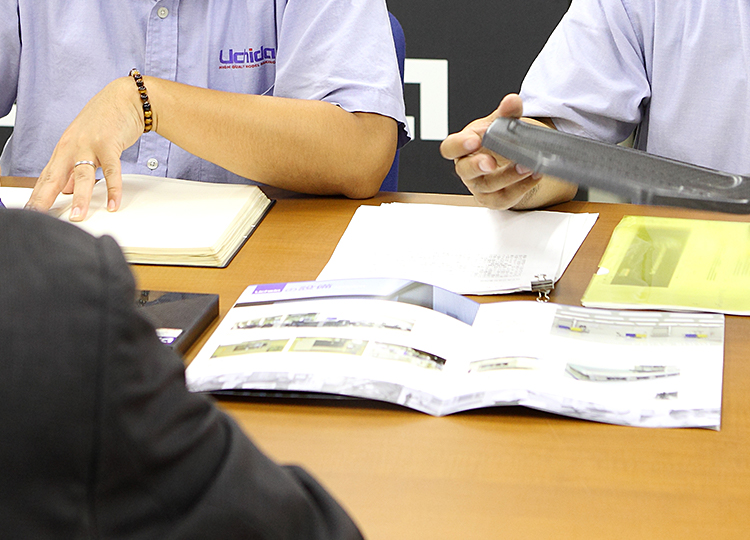Introduction
The materials used in glass substrate transfer robots greatly affect their performance, durability, and safety. In particular, glass substrates are extremely fragile, so appropriate material selection is essential in the design of transfer robots. The following are the main materials used in glass substrate transfer robots.
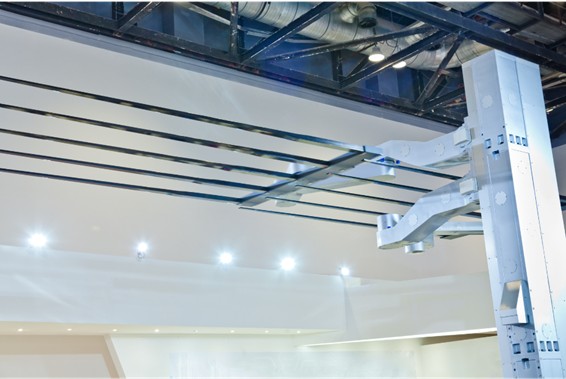
aluminum
– Features: A lightweight, high-strength metal material. Aluminum is easy to fabricate, corrosion resistant, and is widely used in the construction of robot arms and frames.
– Applications: Used in robot arms, frame components, and drive parts to ensure lightweight and durability of transport robots.
stainless steel
– Features: This metal is not only durable and strong, but also corrosion resistant. It is especially suitable for use under high loads and harsh environments.
– Uses: Used in structural parts and joints of conveyor robots, where it serves to increase strength.
carbon fiber
– Features: Extremely lightweight and strong material with excellent vibration absorption capabilities. Lighter than metal, it reduces the burden during transport.
– Uses: Used in robot arms, holding devices, and substrate supports to improve accuracy and efficiency.
elastomer (rubber-based material)
– Features: Flexible and excellent in shock absorption. It serves to protect glass substrates from impact and friction when they are handled.
– Example of use: Used for pads and suction surfaces to hold glass substrates and provide stable transfer without scratching the substrates.
plastics (polyurethane, nylon, PEEK, etc.)
– Features: Lightweight and abrasion resistant, used especially in areas with a lot of movement. Plastics have friction-reducing properties and are durable.
– Examples of use: Used in moving parts, sliding surfaces, and sealing parts of robots to make their movements smoother.
Ceramics (zirconia, alumina, etc.)
– Features: High hardness and excellent wear resistance. It is also capable of very precise machining and has heat resistance.
– Usage example: Used for high-precision parts and parts subject to severe wear, and maintains high durability even after long-term operation.
Rubber/Silicon
– Features: Often used for suction and holding parts as they do not damage glass substrates. Flexible and shock absorbent, enabling precise handling.
– Usage example: Used in air pads and suction pad sections for handling glass substrates, gently contacting the substrates.
vacuum suction pads (silicone rubber and polymer materials)
– Features: Pads used in vacuum suction technology are critical components for suctioning and transporting glass substrates without damage. These pads provide strong suction force while being flexible and highly durable.
– Example of use: They hold glass substrates and serve as a stable support during transport.
diamond coated
– Features: Highly durable and resistant to abrasion. Diamond coated parts are resistant to friction and wear and can be used stably for a long period of time.
– Example of use: Used for high-precision mechanical parts and sliding parts to extend the life of robots.
ceramic-carbon composite materials
– Features: Ceramic and carbon fiber composite materials provide strength and heat resistance while being lightweight. These materials are especially useful in precision equipment.
– Applications: Used in parts that require wear resistance or that must be used in harsh environments.
Summary
The selection of materials to be used is very important in the design of glass substrate transfer robots. Appropriate strength, durability, shock absorption, and abrasion resistance are required to achieve precise operation while protecting glass substrates from damage. From metallic materials such as aluminum and stainless steel to lightweight and flexible materials such as carbon fiber, plastics, and elastomers, selecting the best materials for each part will improve the performance of glass substrate transfer robots.

Related useful contents
You can explore related content by clicking on a topic of interest.
ABOUT UCHIDA - 55 years since our founding
We leverage a wealth of technical expertise as a CFRP molding and processing manufacturer using FRP, GFRP, and CFRP materials. We offer a one-stop solution, encompassing design, analysis, manufacturing, secondary processing, assembly, painting, quality assurance, and testing.
UCHIDA's equipment
We have cutting-edge equipment to ensure that we can address even the most advanced challenges of our customers.
Video Library
In the following video, we provide a detailed overview of our manufacturing process. Please feel free to watch and learn more.


